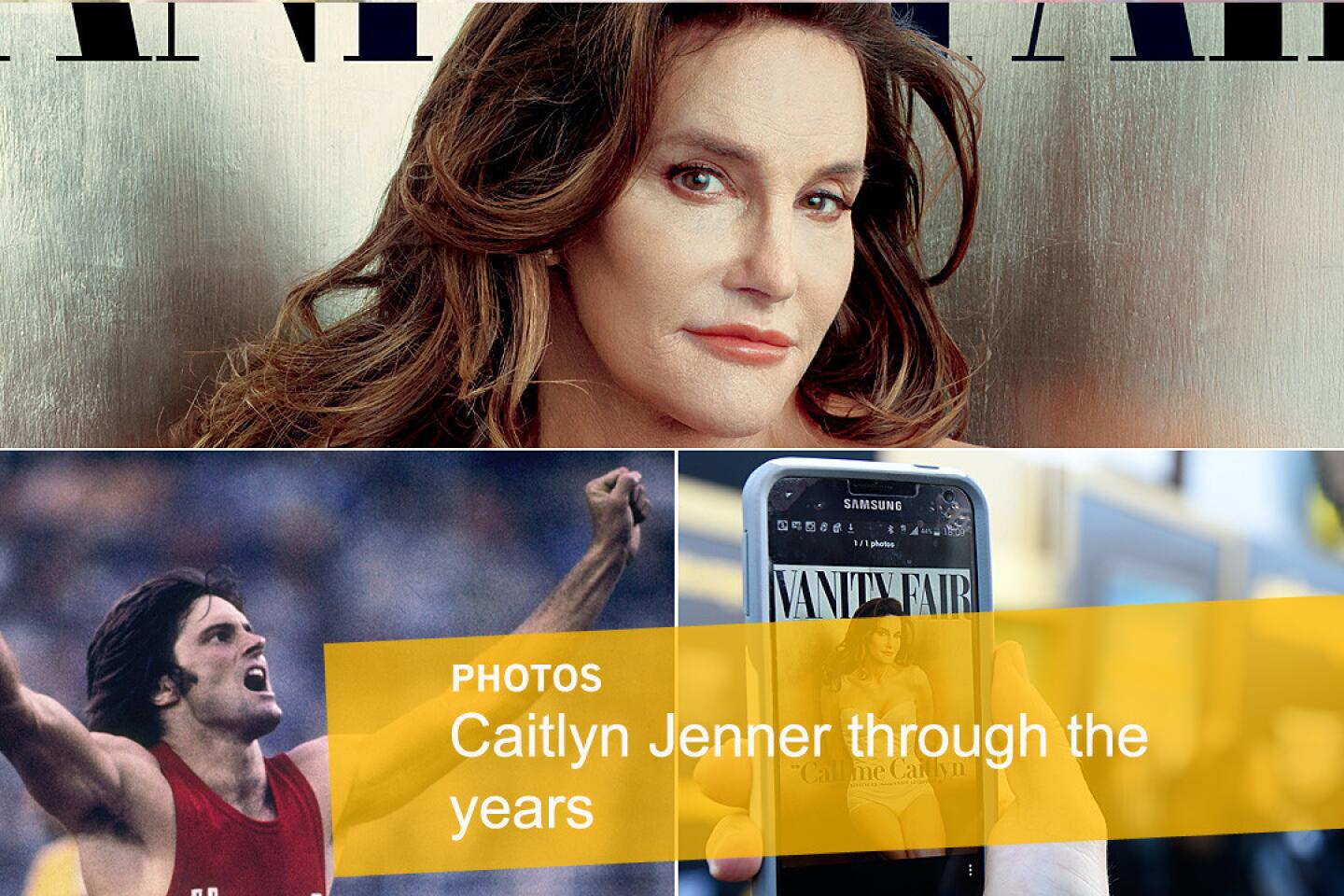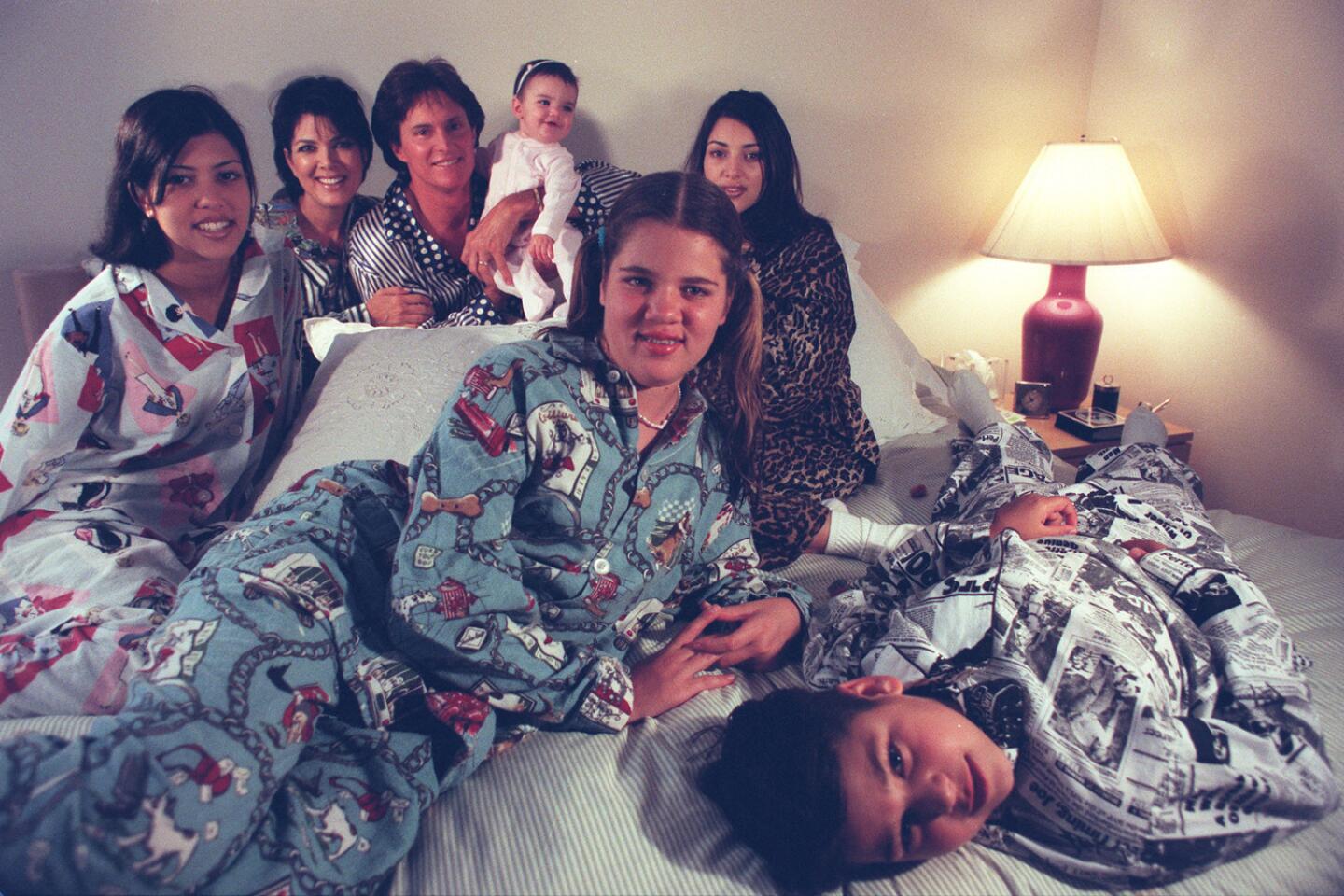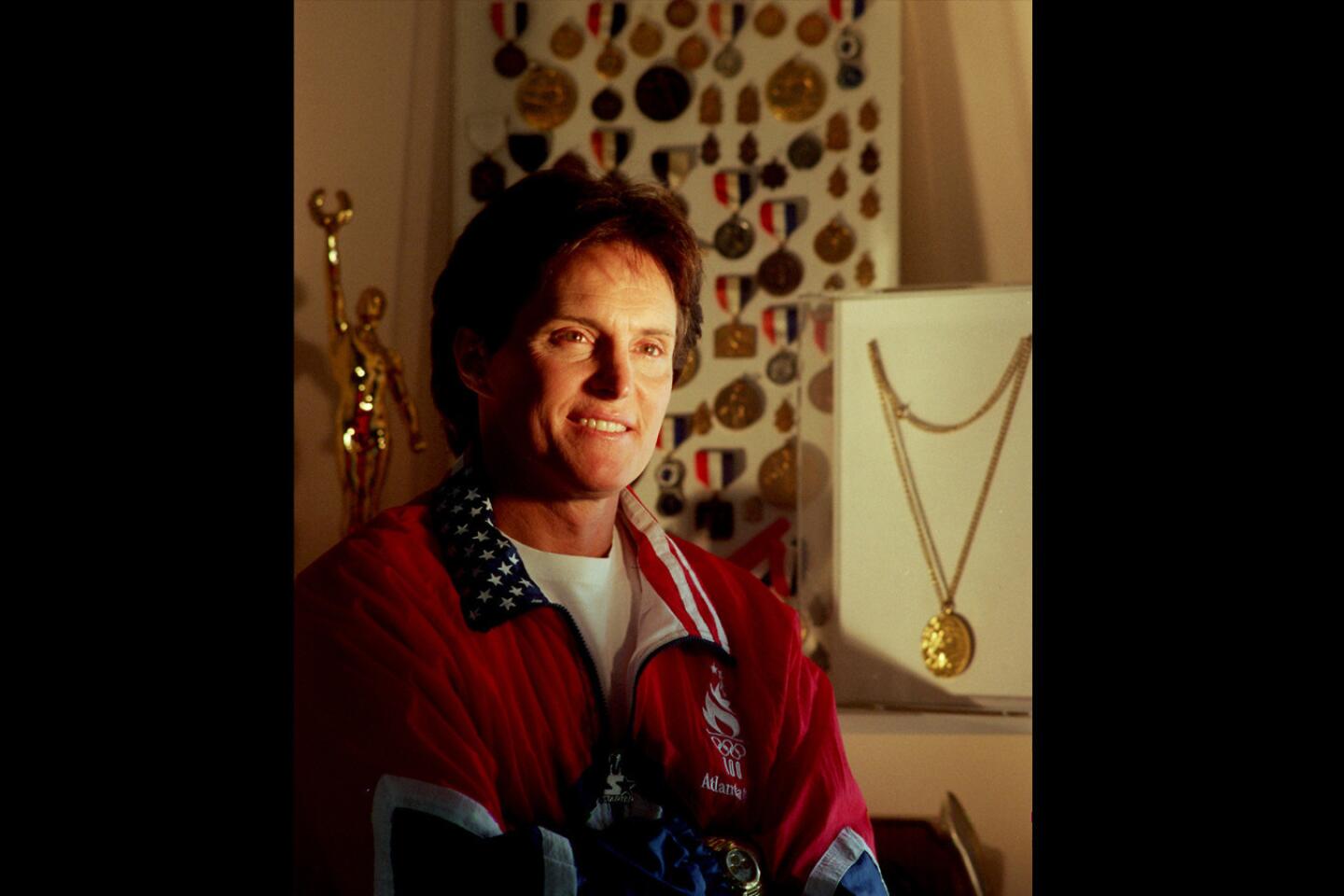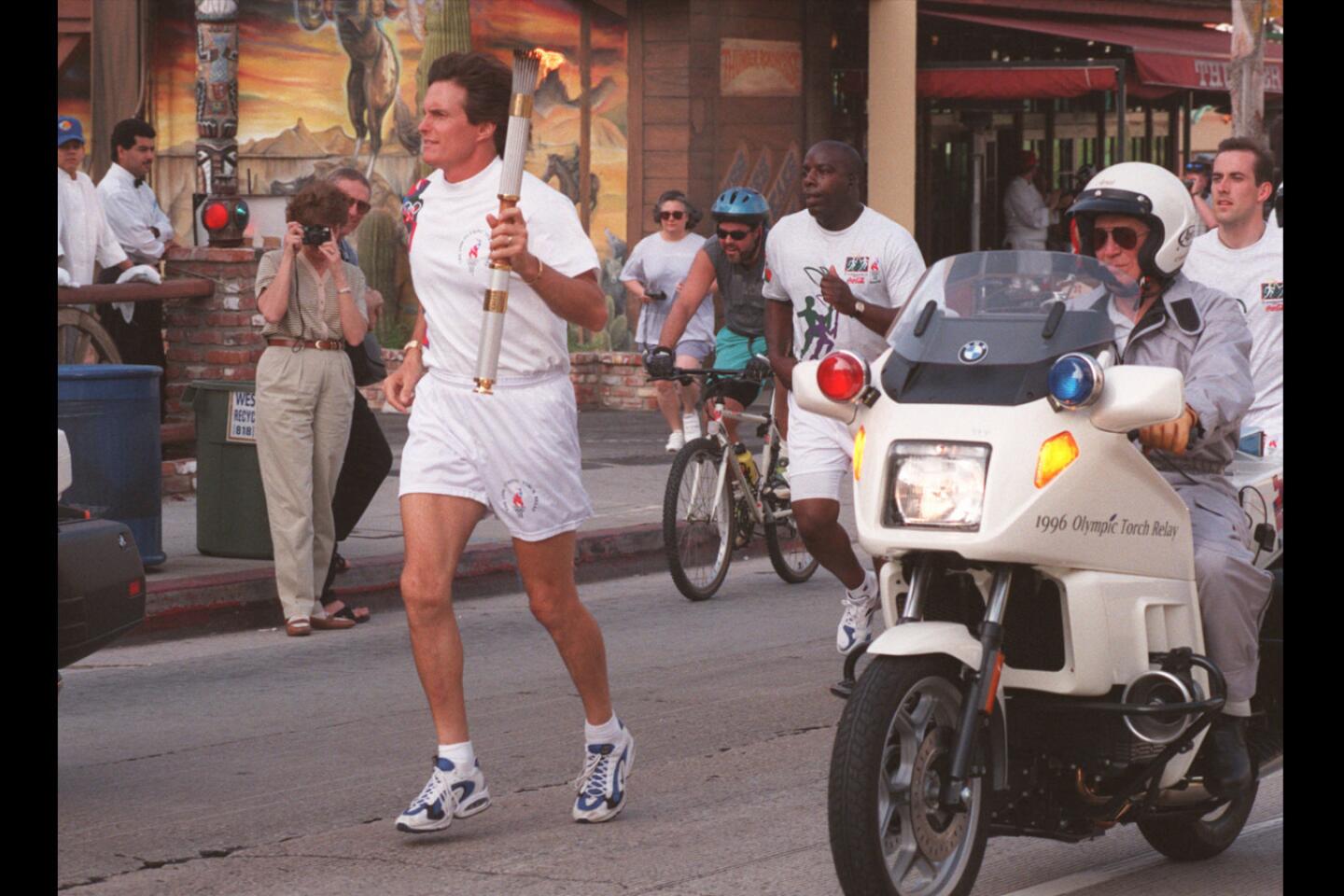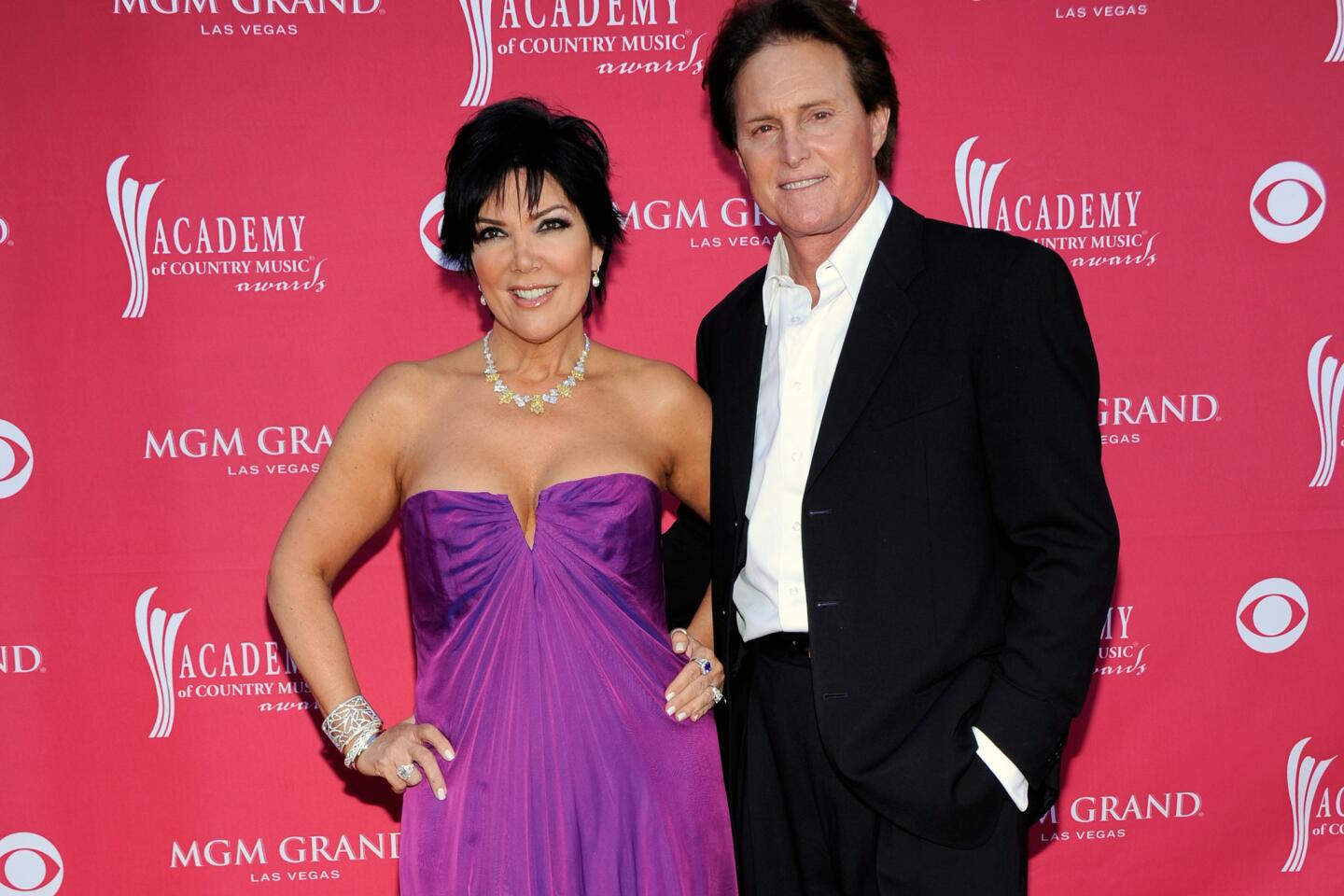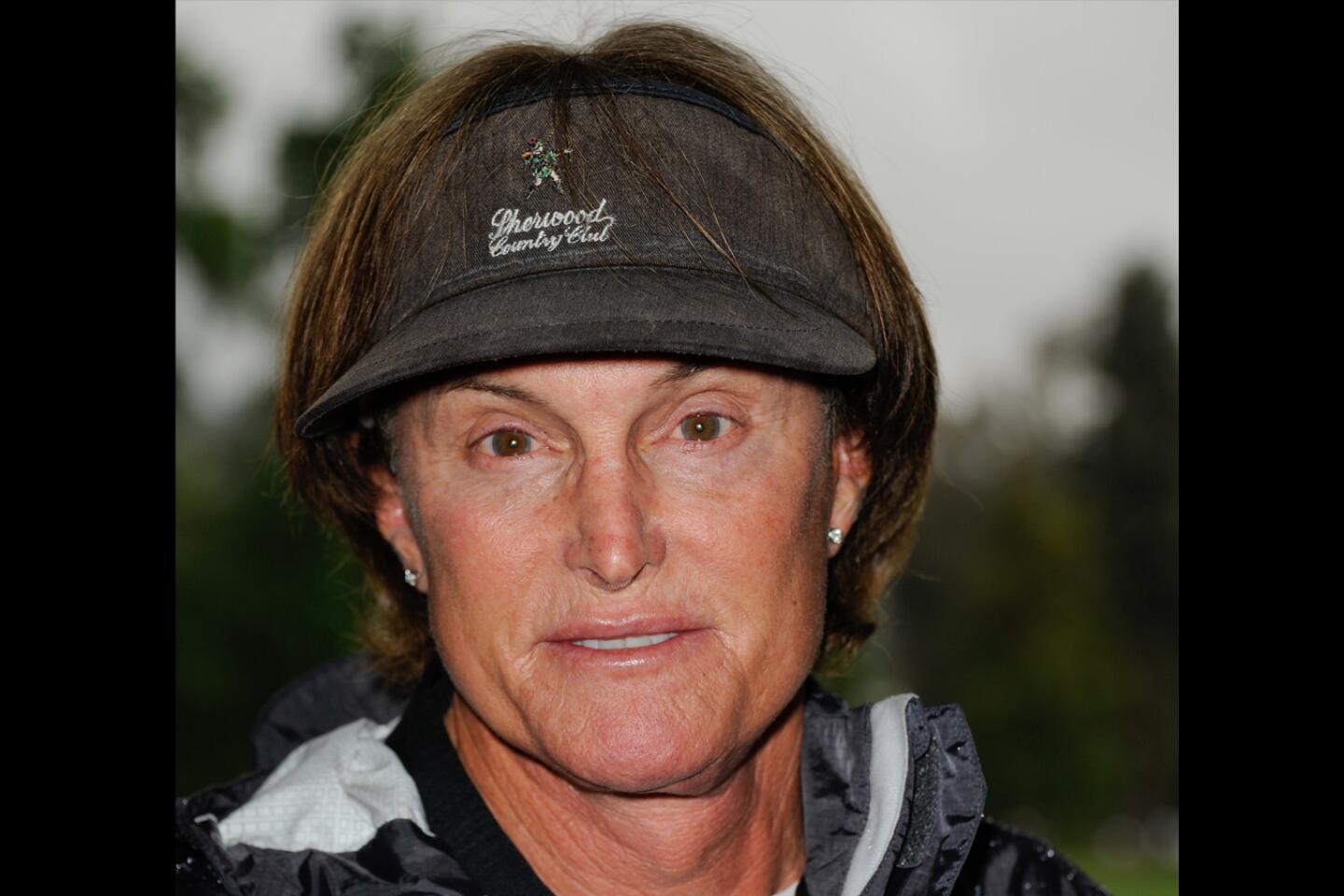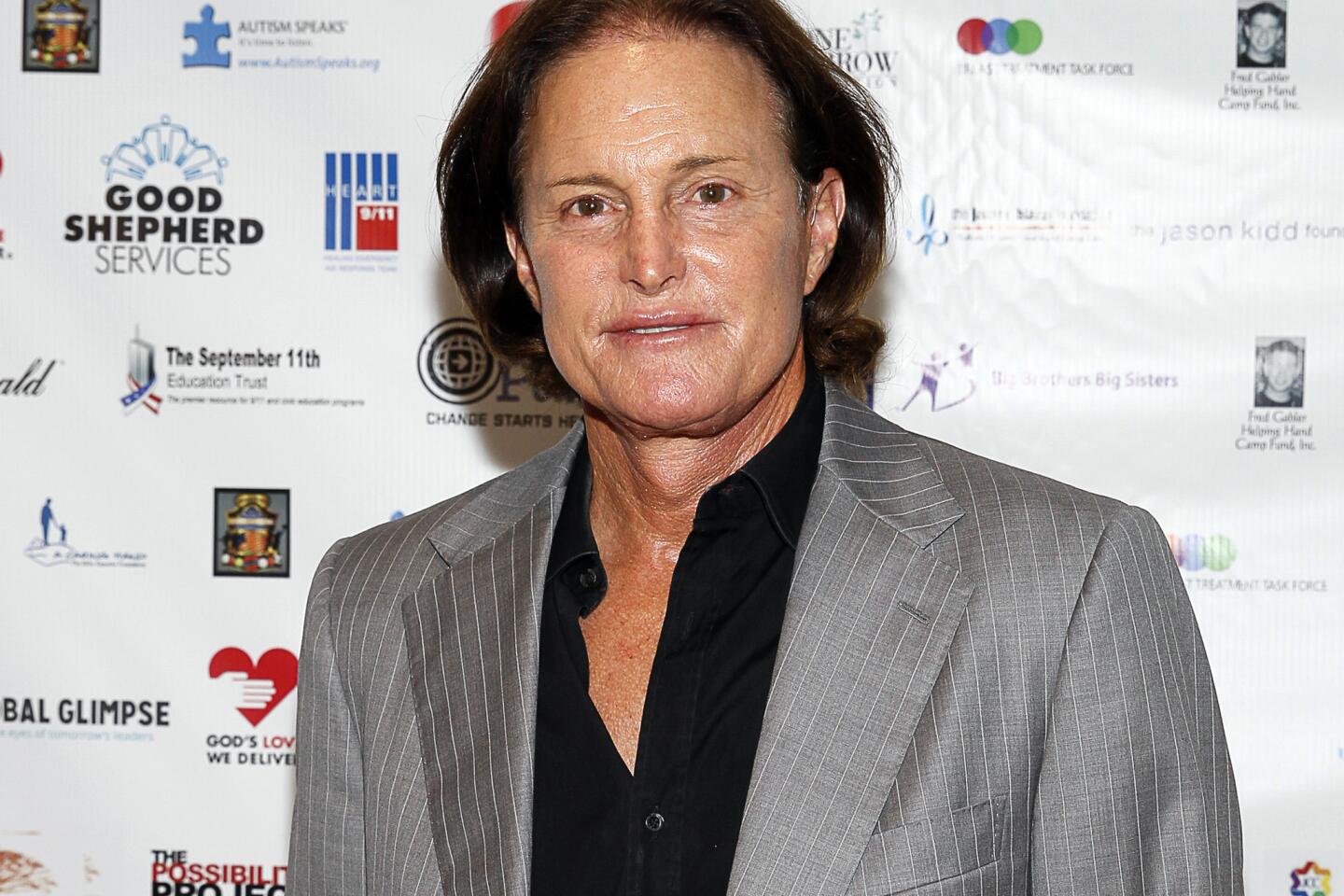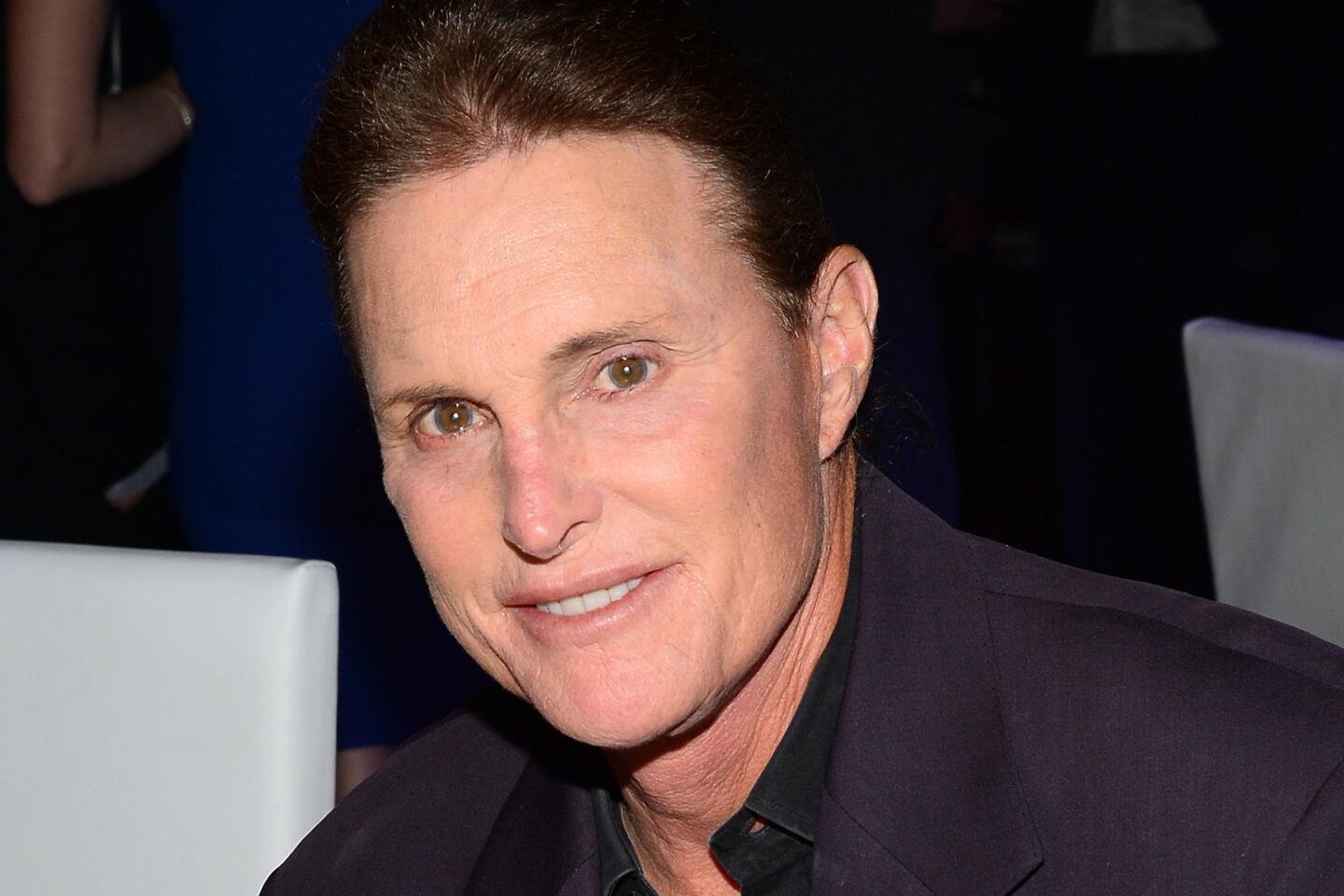For transgender community, Bruce Jenner interview feels like turning point
In the days leading up to Bruce Jenner’s highly anticipated interview on ABC’s “20/20,” Drian Juarez, a transgender woman, was nervous.
“I just didn’t know what they would say,” said Juarez, with the Los Angeles LGBT Center’s Transgender Economic Empowerment Project. “With an interview that’s making such an impact and getting so much attention, saying something that’s not in alignment with the community could be really damaging.”
In a two-hour interview with Diane Sawyer that aired Friday night, Jenner said he is transitioning from male to female.
“Yes, for all intents and purposes, I am a woman,” Jenner said. (Sawyer said that, though Jenner identifies as a woman, he asked to be referred to with male pronouns for the time being. This article refers to Jenner as “he” and “him.”)
Speculation the he was transgender has swirled around the former Olympian for months. Many transgender advocates were alarmed by the speculation before he spoke for himself, saying the gossip and jokes about Jenner’s body and gender identity were profoundly disrespectful and demeaned the dignity of transgender people.
Juarez said several of her transgender friends shared her apprehension before the interview.
But on Friday night, watching the interview with a close friend at home, she was pleasantly surprised. She said she was thrilled that the interview included a discussion about gender pronouns, described in detail what it meant to be transgender and even discussed serious issues such as the high rates of violence and poverty that transgender people face.
“It almost feels like Transgender 101,” said Juarez, who leads cultural training workshops and has described the harassment and violence she’s faced as a transgender woman. She said she identified with the kind of fear Jenner described before coming out to his family, confirming that many transgender people worry they’ll lose their support system and loved ones by transitioning.
Juarez, 42, said she knew Jenner more from his appearances on reality television than as an athlete. She thought Jenner could be in a powerful position because he is going public with his transition in the era of social media and because his reach spans generations — from his days as an Olympian to his appearances with his extended family on the popular “Keeping Up with the Kardashians.”
Sawyer noted in the interview that Jenner would be the subject of a documentary series chronicling his transition that will be broadcast on E! this summer.
“People of Bruce Jenner’s generation had a lot of misinformation on what being transgender is, and I hope they will be able to have some dialogue about this,” Juarez said. “I really feel like this is a turning point in terms of the awareness of trans identity. It’s putting a face to it and a soul to the story .… I think that it’s going to allow people to see that it is possible to transition and to do so later in life. Things are changing, and I hope this is a sign of how things can change for the better.”
Gina Bigham, a transgender woman who lives in the Mid-Wilshire neighborhood, was leading a support group for transgender people at the Los Angeles LGBT Center just before the interview aired. She rushed home afterward to watch.
Like Juarez, she didn’t know what to expect. Some in her group worried about how the program would portray transgender people and issues and “just hoped they got it right,” Bigham said.
As Bigham watched, she cried. And took notes. Late Friday night, after the interview, she described it as a “wow moment” and choked up while speaking about Jenner’s story — which had so many similarities to her own.
Like Jenner, Bigham loves sports. She used to work as a minor league baseball radio announcer in North Carolina. Like Jenner, she knew at a young age — probably 6 or 7, she said — that she identified as a female. And, like Jenner, she spent years trying to hide it.
Bigham, who declined to state her age, began transitioning when she was in her early 40s. Her mother had just died, and Bigham realized she had been too afraid to share her true identity with her. Her mother’s death, Bigham said, was a tipping point: She couldn’t continue to pretend to be someone she wasn’t.
In the interview, Jenner said he took female hormones in the 1980s, in his 30s, and, quickly, his anxieties and frustration began to subside. He took hormones for almost five years but stopped, worrying about public reaction and how it would affect his children if he transitioned.
Bigham, too, took hormones for several years and stopped out of fear.
“It’s just terrifying because you feel like, oh, my God, I’m going to let so many people down,” she said. “I’m going to be this source of uncomfortableness. I was just like my mom — we’re both people pleasers. We made sure everyone else was OK.”
After stopping hormones, Bigham became depressed. She gained weight and started drinking. But she thought she was sparing her loved ones pain and embarrassment.
When her mother died, Bigham realized “life is just too short to be unhappy and unauthentic.”
After she began transitioning, Bigham’s uncle, with whom she has always been close, told her he’d never seen her smile so genuinely.
Watching Jenner’s interview Friday night, Bigham sensed relief from him.
“You can tell there’s a happiness there, a sense of relief,” she said. “It just can’t help but shine through, no matter where you are in the physical transition, once you’ve reconciled it with yourself. It’s just like ... you’re finally breathing.”
Bigham hoped Jenner’s interview would leave people with a better understanding of what it means to be transgender. She was emotional as she compared watching Jenner’s interview to being in a group session, listening to a person share his or her story for the first time.
“She’s a sister,” Bigham said of Jenner. “To see another sister hopefully on the right path to a happy life, that’s power. I’m happy for her.”
Twitter: @haileybranson
More to Read
Sign up for Essential California
The most important California stories and recommendations in your inbox every morning.
You may occasionally receive promotional content from the Los Angeles Times.
